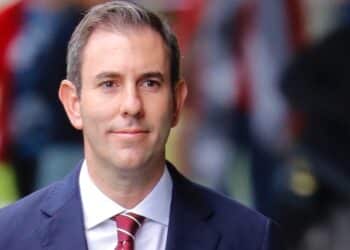According to Investment Trends’ 2024 Adviser Business Model report, advisers are managing the least number of clients since the firm first conducted this research in 2007, due primarily to fee increases.
According to the report, the average adviser is now managing 99 active clients, those seen at least annually, and 41 passive clients, which they see less than once a year, down from the spike of 120 active and 64 passive clients in 2023.
At a time where many within the profession and the government are looking to increase advisers’ client capacity, Investment Trends head of research Dr Irene Guiamatsia told ifa that this drop is actually a positive sign, showing that the profession is stabilising.
“Last year we were fretting quite a bit about the increase of the average number of clients per adviser. The rationale behind that increase last year was the fact that the number of advisers itself was shrinking at quite a rapid pace,” Guiamatsia said.
“So all those adviser exits that we’ve seen had delivered that outcome, and we were actually maybe expressing some concern about the increase because, I think, we were getting to a point where advisers really needed to step up their scalability to be able to address that many clients.
“Now this year, complete reversal of that trend, and we think it’s actually down to the adjustments, or recalibration, that advisers have made to their fees.”
She explained that the decrease this year is due to a combination of the number of advisers remaining relatively stable and advisers increasing their upfront and ongoing fees.
“Essentially, what we have found is that advisers have increased both sets of fees in the past reporting period. So the costs have increased marginally, but the fees have increased a lot more. Now, what that means is that advice businesses have actually become more profitable,” Guiamatsia said.
“But on the flip side, some clients have realised that they probably cannot really absorb the fee increase and have actually exited that adviser–client relationship.
“That being said, 100 clients per adviser, if you think about what the value proposition is, which is, ‘I need to give you expertise. I need to really look after you from a really personalised, in a really personalised way’. It’s actually really hard to do this with even those 100 clients.”
As a result of advisers increasing their fees, advice firms have become more profitable, despite the reduction of clients. Furthermore, advisers have begun to cater more for the mass affluent and high-net-worth (HNW) demographics, providing greater opportunities for increasing revenue.
In 2024, HNW clients made up 56 per cent of advisers’ clients, 35 per cent mass affluent, and just 9 per cent mass market, a large shift from 35 per cent, 44 per cent, and 21 per cent, respectively in 2023.
Guiamatsia said the report findings highlight a change in the advice profession towards prioritising client relationships over maximum capacity.
“The changes advisers have made in their practice operations are a clear signal of a deliberate shift towards quality over quantity in client relationships,” she said.
“Advisers have, however, not lost sight of – and in fact are doubling down on – the imperative for enhanced efficiency as a means to deepen client engagement and create a more personalised client experience.”




A problem 100% of ASIC’s making. You need to slot clients in at the right time of year every year for annual agreement and trustee / client consent forms. The fole note to meet the compliance standard takes longer than the client meeting. Having to justify every naunce of the conversation. It goes on and on. Slow clap, well done ASIC.
ONE KEY REASON for the continual reduction in the number of clients being serviced, is primarily due to the insane red tape imposed through the Annual Fee Renewal Consent forms – a bureaucratic nightmare that simply doesn’t exist in any other nation on earth. If the AFRC form was eliminated, it would be far most cost effective to support the children of existing clients and other time poor clients. The ANNUAL Forms have been a complete disaster & they must be eliminated.
Takes us about 7 minutes per client per year to manage annual fixed term agreements and everything they involved end to end. They are not a factor limiting us in terms of client numbers.
You need to have another crack at that estimate